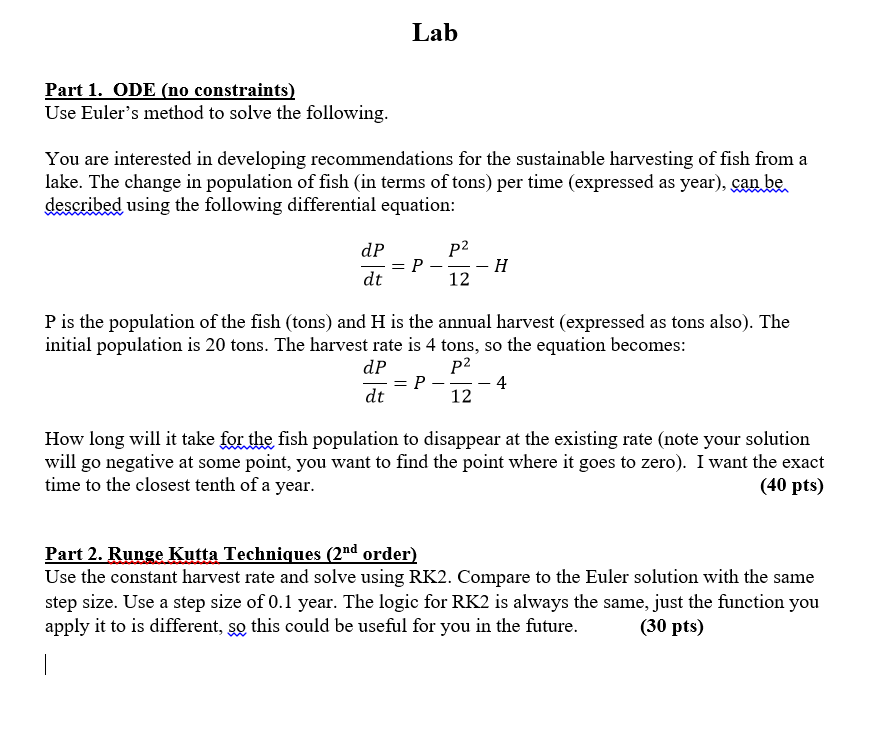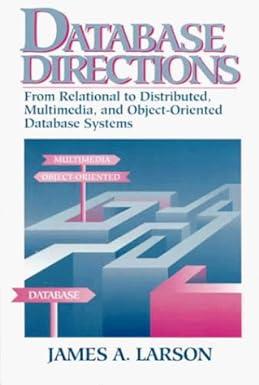Answered step by step
Verified Expert Solution
Question
1 Approved Answer
This is the solution for the lab. You will need it to solve this homework. clear clc f=@(t,P)P-(P*P)/12-4; h=.01; t=0:h:10; P=zeros(size(t)); P(1)=20; for i=2:length(P) P(i)=P(i-1)+h*(f(t(i-1),P(i-1)));
This is the solution for the lab. You will need it to solve this homework.
clear clc f=@(t,P)P-(P*P)/12-4; h=.01; t=0:h:10; P=zeros(size(t)); P(1)=20; for i=2:length(P) P(i)=P(i-1)+h*(f(t(i-1),P(i-1))); end Neg=find(P


Step by Step Solution
There are 3 Steps involved in it
Step: 1

Get Instant Access to Expert-Tailored Solutions
See step-by-step solutions with expert insights and AI powered tools for academic success
Step: 2

Step: 3

Ace Your Homework with AI
Get the answers you need in no time with our AI-driven, step-by-step assistance
Get Started


